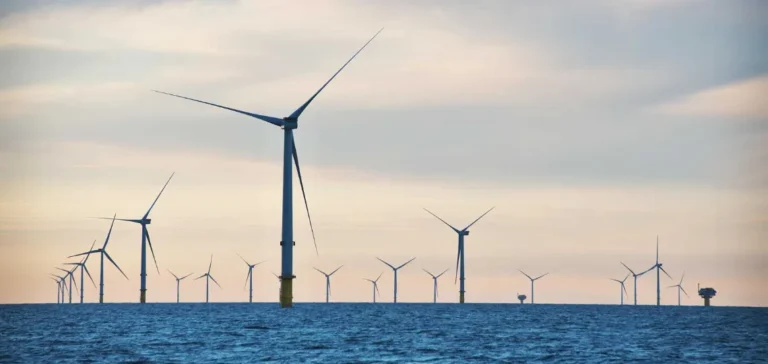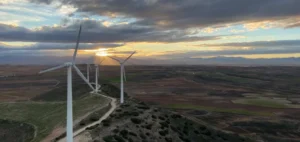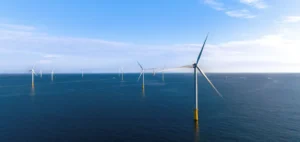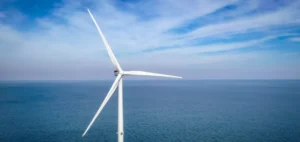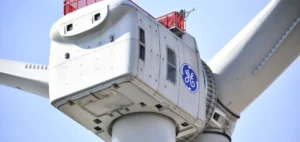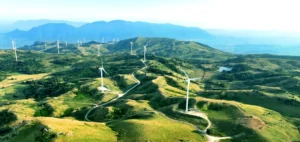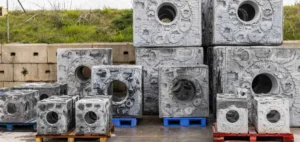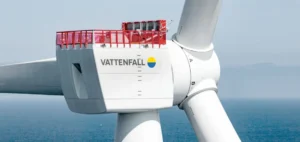The installation of the one hundredth and final monopile at the Sofia offshore wind farm, carried out by the German company RWE, marks the end of a fourteen-month campaign dedicated to foundations in the North Sea. This project, situated 195 kilometres off the north-east coast of the United Kingdom, is based on an engineering, procurement, construction and installation agreement with Dutch company Van Oord for both the foundations and inter-array cables.
A large-scale international offshore project
With a total capacity of 1.4 gigawatts, Sofia is currently the largest offshore wind project managed by RWE worldwide. The electricity generated will supply the equivalent of 1.2 mn British households per year, according to figures released by the operator. The foundations, produced by the German company EEW, are based on a technical design using an elongated monopile equipped with offshore secondary steel, a solution aimed at reducing the total quantity of steel required for installation.
The installation campaign began in May 2024 with the support of Van Oord’s jack-up vessel ‘Aeolus’, whose crane was specifically upgraded to handle the project’s heaviest monopiles, up to 1,650 tonnes. This technical approach ensures the stability of the future Siemens Gamesa 14-megawatt turbines, of which 27 out of one hundred are already in place.
Logistics innovation and noise reduction
A notable feature of the project is the use of a bubble curtain noise abatement system, deployed during the installation of 34 foundations. This technology, operated by Hydrotechnik Offshore, helps limit underwater noise pollution generated during piling operations, thus protecting marine wildlife in the Southern North Sea Special Area of Conservation (SAC).
All foundation components transited through the Port of Tyne, selected as the main logistics base for storage and assembly. Investment in port infrastructure has optimised material flows and positioned the port as a strategic site for future offshore wind operations in the region.
Cable operations and outlook
Following the completion of foundation work, Van Oord is now responsible for the burial of around 360 kilometres of cables connecting the turbines, a phase expected to conclude later this year. The progress of the Sofia project is part of a wider dynamic to expand offshore wind capacity in the United Kingdom and reinforces the sector’s role in the national energy mix.
According to RWE, the success of this phase relies on the coordination of several industrial partners and expertise developed through previous large-scale projects. The company states that the Sofia site will have a lasting impact on the offshore industrial ecosystem of the north-east British coast, as demand for renewable electricity continues to grow in the European market.


